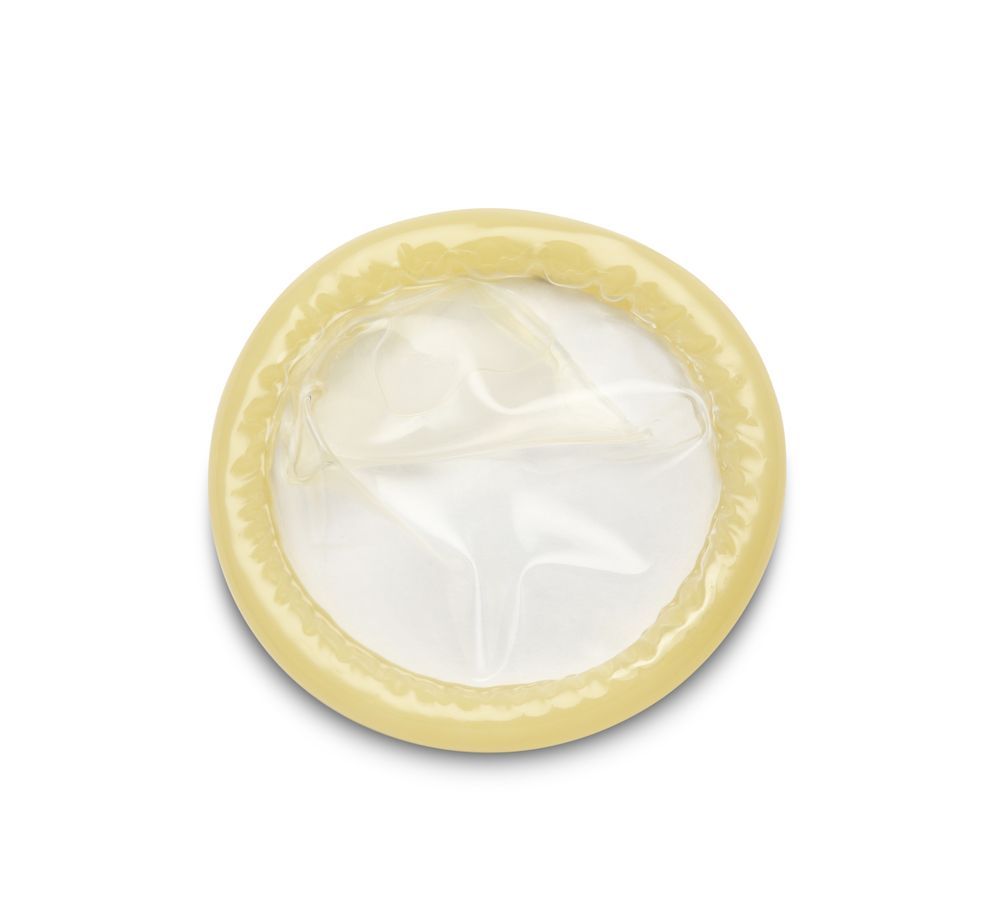- Clinical Technology
- Adult Immunization
- Hepatology
- Pediatric Immunization
- Screening
- Psychiatry
- Allergy
- Women's Health
- Cardiology
- Pediatrics
- Dermatology
- Endocrinology
- Pain Management
- Gastroenterology
- Infectious Disease
- Obesity Medicine
- Rheumatology
- Nephrology
- Neurology
- Pulmonology
Low Condom Use During Oral/Anal Sex Puts Heterosexuals at Risk
Both oral and anal sex have been linked to an increased risk of STD and HIV transmission in heterosexuals, say CDC researchers.

Despite public health efforts aimed at decreasing transmission of sexually transmitted diseases (STDs), heterosexuals in the US still have low rates of condom use during oral and anal sex, according to a recent CDC study.1
“Anal and oral sex continue to be common sexual practices among heterosexuals, and given the low rates of condom use during these behaviors and rising rates of STDs, oral and anal cancers, STD prevention strategies are still needed,” wrote first author Melissa A. Habel, MPH, and colleagues at the Centers for Disease Control and Prevention, Division of STD Prevention, in Atlanta, Georgia.
“Tailored messaging regarding risk for STDs and HIV acquisition during oral and anal sex may benefit adolescents, singles, and divorced individuals,” they added.
Both anal and oral sex have been linked to an increased risk of STD transmission in heterosexuals. Oral and anal sex can increase the risk of HIV transmission, as well as transmission of STDs such as chlamydia, gonorrhea, syphilis, herpes, and human papilloma virus (HPV) infection.
Most sexually transmitted infections (STIs) that occur outside the genital tract are asymptomatic and can serve as a reservoir for transmission when left untreated. The risk is especially high for women who have unprotected anal sex.
A public health priority
Addressing rising rates of STIs is a public health priority. For the past 3 years, rates of chlamydia, gonorrhea, and syphilis have increased in the US. The bulk of the increase in chlamydia and gonorrhea has occurred among teens and young adults. This group is also experiencing increasing rates of syphilis.
To provide updated data on sexual behavior among heterosexuals in the US, CDC researchers analyzed the 2011-15 National Survey of Family Growth, a nationally representative survey of women and men in the US aged 15 to 44 years. The analysis included 20,621 respondents (11,300 women, 9321 men). Over 75% of women and men reported ever receiving or giving oral sex. Thirty-three percent of women, 38% of men, and 11% of teens reported ever having anal sex.
Key results
• Condom use at last anal sex encounter:
– Women: 20%
– Men: 30%
– Less likely among white respondents, but low across all racial/ethnic groups
• Condom use at last oral sex encounter:
– Women: 6%
– Men: 7%
– Less likely among white respondents, but low across all racial/ethnic groups
• Fewer than 10% had multiple anal sex partners in the past year
• Teens, never/formerly married people, and those with a non-monogamous partner had higher percentages of multiple sex partners in the past year (all P < 0.001)
Please click below for discussion of the results and the take-home points.
Discussion
The authors recommend several ways to reduce the risk of STD transmission among heterosexuals in the US, starting with taking a sexual history and addressing risk reduction at checkups.
“Providers can encourage risk reduction through addressing the benefits of condom use, abstinence and reducing the number of sex partners, and pre-exposure HPV vaccination,” they wrote.
Although neither the CDC nor the US Preventive Services Task Force recommends it, the authors also suggested pharyngeal and rectal screening for STDs in high-risk individuals such as those who report condom-less sex with multiple partners.
“More frequent screening of extragenital sites among high-risk heterosexuals may have the potential to interrupt STD and HIV transmission,” they concluded.
Take-home points
• Nationwide survey found low rates of condom use during oral and anal sex among US heterosexuals
• While rates of multiple sexual partners were low, teens, never/formerly married people, and those with a non-monogamous partner had higher percentages of multiple sex partners in the past year
• Tailored messaging to heterosexuals and addressing sexual health during checkups may decrease STD risk among heterosexuals
• Providers may consider screening for extragenital infections in high-risk individuals
References:
1. Habel MA, Leichliter JS, Dittus PJ, et al. Heterosexual anal and oral sex in adolescents and adults in the United States, 2011-2015. Sex Transm Dis. 2018 Jun 29. doi: 10.1097/OLQ.0000000000000889.
Common Side Effects of Antiretroviral Therapy in HIV Infection
February 7th 2013What are some of the more common side effects of antiretroviral therapy, and what can the primary care physician do to help manage these effects? In this podcast, infectious disease expert Rodger MacArthur, MD, offers insights and points readers to updated comprehensive guidelines.
